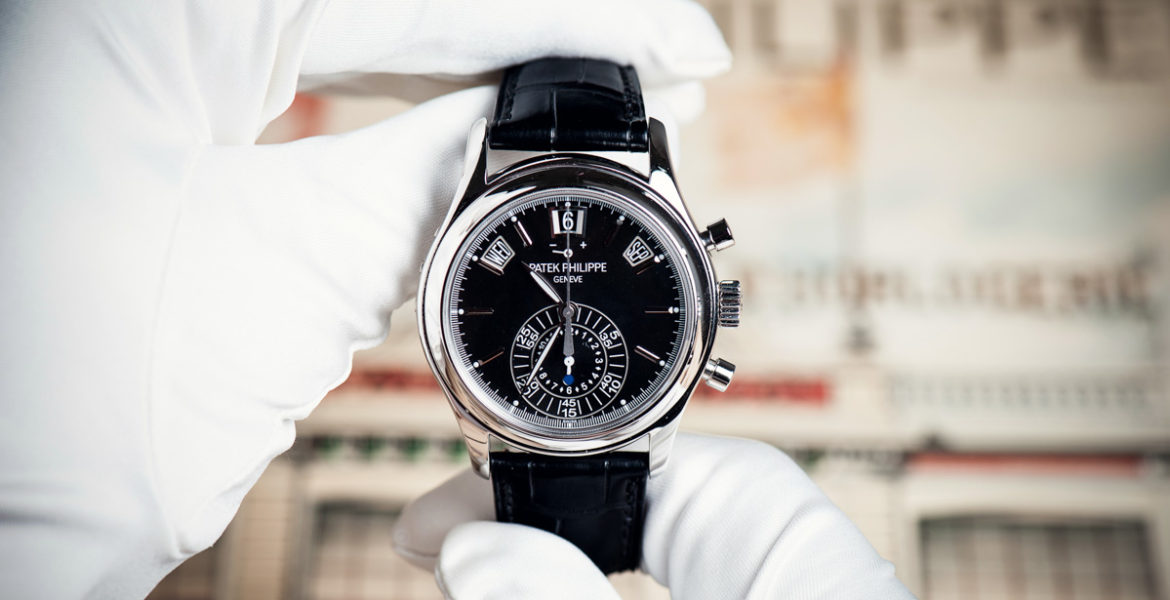The term “complication” in relation to luxury watches simply means any function of a watch that does more than tell the time. For many watch lovers and enthusiasts, complications in luxury watches are the icing on the cake, since they usually fuse every day benefits with the art of watchmaking. Some complications are so exclusive and sophisticated that only a few luxury watch manufacturers are able to develop and build them. Here, we let you in on the five most expensive complications in the world of fine timepieces.

What are the five most expensive complications for luxury watches?

From theory to mechanical masterpieces
Strictly speaking, a watch is considered to feature a complication when it incorporates a simple date function or decentralised seconds subdial. While more traditional complications such as date displays and chronographs are quite common, exclusive complications are rarely found on the wrist. This is mainly due to the fact that complications have a large effect on the prices of luxury watches. When it comes to fine timepieces that fall within a five-digit price range, it is not only the precious metals and gems that are considered in the price tag but also the countless hours of precise craftsmanship that go into creating these masterpieces of horology.
Large and small complications
In the world of fine timepieces, there is a distinction made between small and large complications. Small complications are less complex. Examples include date and/or day displays, power reserves, and time zone functionality. Among the more challenging and large complications are chronographs, alarm clocks, minute repeaters, perpetual calendars, and tourbillons.
1. Chronograph
A chronograph is a practical stopwatch function. Characteristics of this complication include two pushers on the case of the watch as well as totalizers – generally three – on the dial of the watch. The central seconds hand on a traditional watch is replaced here with a pointer that stops the seconds. The seconds display is located on one of the three totalizers on the dial of the watch. The other two totalizers show the measured time on a 30 minute and 12-hour scale. The field of motorsports and racing has raised the popularity of chronographs worldwide. Notable chronograph models include the Rolex Daytona, which is namesake to the Daytona racetrack, as well as the Tag Heuer Monaco, which was worn by the iconic Steve Mcqueen in the famous film “Le Mans”.

2. Moon phase
Clocks with a moon phase complication have been around since the early 16th century. When it comes to luxury wristwatches, moon phase complications are usually found within classic timepieces. The moon phase complication on a luxury watch is displayed in a cultivated manner, providing a nice contrast with the rest of the watch face, which is usually simple and restrained. One of the most popular luxury models featuring a moon phase complication is the Jaeger-LeCoultre Master Ultra Thin Moon. The timepiece showcases a date display exquisitely featured around the moon phase dial, and, as made evident by its name, measures a strikingly sleek 9.9. millimetres in height.

3. Tourbillon
The Tourbillon was invented by Abraham-Louis Breguet in 1795 and served to counter the effects of gravity on pocket watch movements by placing the escapement and balance wheel into a rotating cage. Unlike pocket watches, however, wristwatches are subject to constant movement on the wrist, making the correctional displacement of gravity by a tourbillon mechanism unnecessary. Nevertheless, tourbillons in watchmaking are considered a luxury, as it requires extreme discipline in order to assemble one. Virtually all luxury watch manufacturers offer watches with a tourbillon complication. However, it is particularly charming to own a tourbillon complication that is developed in-house by the manufacturer. The Breguet Tourbillon Power Reserve, for example, is a masterpiece to behold on the wrist.

4. Perpetual calendar
Perpetual calendars are one of the most impressive and fascinating complications in the world of fine timepieces. The mechanism is usually comprised of a day, date, month, and moon phase display, all of which remain accurate for a period of 400 years. Watches with perpetual calendars take into account both shorter and longer months, as well as leap years. The complication has a particularly impressive tradition when it comes to the renowned watchmaker Patek Philippe. The Swiss manufacturer presented the perpetual calendar as early as 1941 – the reference 1518. Just in time for its 70th anniversary, Patek Philippe introduced the reference 5270, which is another successful and notable descendant of the original reference 1518.

5. Grand Complication
The term “Grand Complication” is not perfectly defined. What is certain, however, is that only to most unique complications fall into this category. First and foremost, a Grand Complication is characterised by a number of highly sophisticated complications. The Patek Philippe Grandmaster Chime is the most complicated watch in the world. Not to mention, there are only six of these specimens worldwide, available for 2.3 million EUR each. There are 20 complications featured in the watch in total. A little more affordable and almost as impressive, the Patek Philippe 5139G is a notable timepiece that falls into the Grand complication category, featuring a perpetual calendar, a 24-hour display, and a moon phase.
